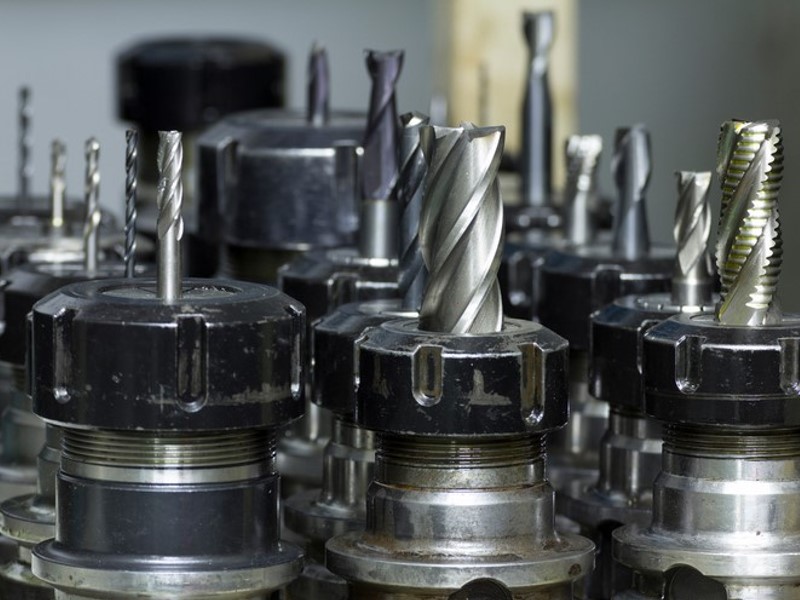What Makes Up PCD Cutting Tools?
Table of Contents
Are you familiar with PCD cutting tools? If not, then this is the perfect time for you to learn more about these unique tools and what makes them an excellent choice for you and your cutting needs.
What is PCD?
PCD or polycrystalline diamond is synthetically produced when poly or many diamond particles are sintered together, typically sized 2 to 30 microns of one meter. A metal binder, mainly cobalt, is used for the process at high pressure and high temperature.

The PCD material can comprise 90% to 95% of diamond particles, with the rest being the binder. Polycrystalline diamond is often used in cutting tools for cutting through super hard metals and composite materials for a longer tool life because these materials are known to be quite taxing on milling materials.
Common Qualities of PCD
The following are some of the most critical characteristics of polycrystalline diamond:
Hardness
Since PCD is made from diamond, the hardness of the material is close to the 10,000 Hv hardness of pure diamond. However, due to its metal binder content, the hardness tends to be lower and may range from 6,500 to 7,500 Hv.
Transverse Rapture Strength (TRS)
Since PCD is categorized as a rigid material, it is less tough and more brittle compared to metals. However, PCD materials with varied grain sizes also have different TRS. It means that a PCD material with a lower grain size will have higher TRS than a PCD with a higher grain size.
Wear
The PCD material used for PCD cutting tools is second to pure diamond. The material’s hardness gives it the ability to endure wear and tear. This also makes it last longer in applications that involve abrasive materials.
The cutting speed and workpiece material affect the wear rate. The significant advantage of the wear rate of PCD compared to cemented carbide is found in high silicon aluminum, CMC, MMC, and machining composites.
Aside from these, although PCD is the hardest material for cutting tools, it also has the lowest toughness. It explains why PCD tools are used in applications in which the material of the workpiece is relatively abrasive, with removed chips being in powder form and/or needing low shear force.
Applications of PCD Cutting Tools
Here are two of the most common applications of PCD cutting tools:
Turning and Drilling
In turning and drilling operations, the tool’s cutting edge constantly contacts the material, making the cutting edge less likely to fracture or chip. The wear rate of PCD is low, unlike carbide which allows consistent hole diameters and longer tool life.
Milling
Interrupted material cutting is involved in milling operations where every mill tooth engages with the material and exits in a single tool revolution. Every time the cutting edge gets into the material, its hammering effect may damage the tool’s cutting edge. PCD tools perform at their finest when milling aluminum, ceramics, and composites.
Now that you know more about the basics of PCD cutting tools, use this as your guide to find the right tool for your specific needs.
